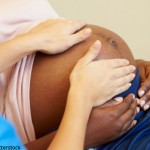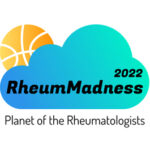ANA are specific autoantibodies against nuclei of cells. Although the widespread belief was that these were antibodies inappropriately produced by the body and more is always worse, increasing evidence exists that autoantibodies are a natural part of physiologic autoimmunity.2 Therefore, autoantibodies may play a regulatory role in the body, and there may be an optimal amount of autoimmunity necessary for normal functioning, prompting the newer notion that autoimmunity is not autoimmune disease.
So is this increase in the prevalence of ANA reflective of the increase in cases of autoimmune disease? Not necessarily. ANA have been associated with chemical exposures, infections, thyroid disease, medications and parity, some of which are changing in frequency.
The study did not show a consistent correlation between BMI increase and ANA positivity because the upward trend in ANA prevalence did not reach statistical significance for the obese category. But the study did find a positive association between being overweight and increase in ANA prevalence. BMI has been associated with risk of systemic autoimmune diseases, and uptrends in BMI exist in the U.S. population.
What does the increase in ANA prevalence tell us about the susceptibility of developing autoimmune disease? This question becomes especially important when considering the increasing prevalence of ANA in adolescents. The increase in the prevalence of thyroid disease at the same time as the rise in ANA prevalence is interesting and makes us wonder about this question. Additional studies are needed to examine these various factors and to assess the trends in prevalence of connective tissue disease in relation to ANA to better answer these important questions.
Chances in the Tournament
In the era of analytics, such as efficiency ratings, ordering ANA tests may be considered the worst possible shot selection—just like logo shots. However, when done by shrewd rheumatologists, channeling the skills of a Steph Curry, they may still be effective.
For better or worse, ANA remain the backbone of serologies used in our field. Despite the fancy moves and the complicated defensive or offensive strategies, we should always go back to the basics and examine what truly excites a rheumatologist on a day-to-day basis—seeing those positive ANA consults. And yes, more of them may be coming.
We think Increasing +ANA will go far in the tournament given the breadth this topic covers, the implications on our patients and because it’s the most common biomarker of autoimmunity. We certainly see more referrals for ANA positivity than for interpreting MRI scans in spondyloarthritis.



